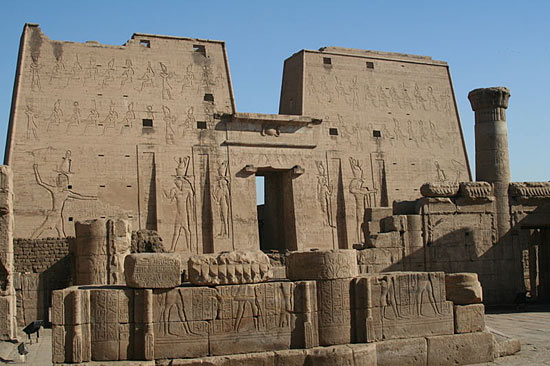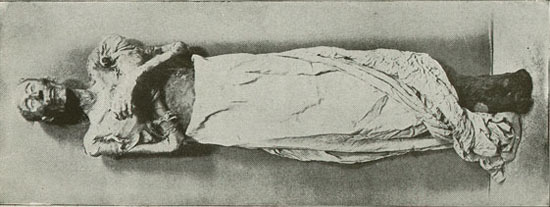The Future: Parody Proof

As I may have mentioned elsewhere, the newly opened ‘Alexa’ Shopping and Leisure Behemothâ„¢ bears more than a striking resemblance to an ancient Egyptian burial monument. I was dazzled, then, to discover that the entrance to Alexa has been decorated with a 9 meter high, stainless steel and copper kinetic sculpture of an enbalmed corpse energetically disrobing itself.
SLAB Magazine is dedicated to a critical, personal, heuristic and empirical form of non-expert architectural criticism. It is important to reiterate this right now, since parody is to be accepted as a deliberate strategy. So when I first compared ‘Alexa’ to an ancient Egyptian burial monument, I was simply attempting to specify my initial gut reaction to the set of aesthetic codes being presented by the structure in question. Lacking any inside information concerning the highly complex web of decisions which lie behind every cultural artifact, be it a lampshade, a toothbrush or an entire city, it’s often difficult to avoid a comparative mode of discourse: “this reminds me of this, and this reminds me of this“.

‘Alexa’ is parody proof because already knows more about itself than the parodist. It isn’t encoded, so there is nothing to analyse. It knows it’s ugly. It knows it’s too big. It knows that 300 meters of pink granite is misanthropic, and it knows that it doesn’t just look like a necropolis: it is a necropolis. So the unraveled mummy out front isn’t symbolic, it’s literal.
